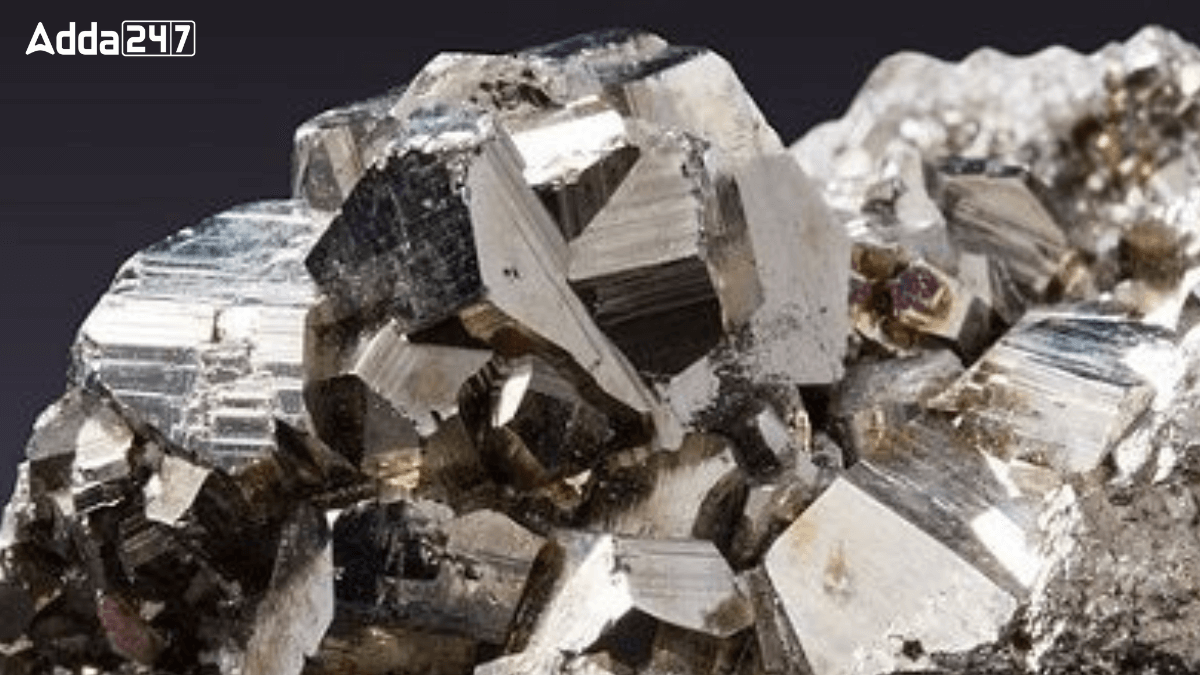Minerals are naturally occurring substances found in the Earth, and they play an important role in human life. They are mainly divided into metallic and non-metallic minerals. Metallic minerals contain metals that can be extracted and used in industries, while non-metallic ones do not contain metals. Both types differ in their properties, uses, and examples, and are widely used in areas like construction, manufacturing, and even decoration.
What are Minerals?
Minerals are natural, inorganic substances found on Earth and in food. They have an ordered internal structure, crystalline forms and specific chemical composition. Minerals are essential for human health, supporting functions like the immune system, bone health, brain activity and muscle function. They also help with hormone production, glucose, regulation and nerve signals. Minerals are used in everyday items like ceramics, jewelry and makeup and are divided into two main categories.
An Overview of metallic Minerals
Metallic minerals contain metals and can be used to produce metals. They are mostly found in igneous and metamorphic rocks. These minerals are usually dense, shiny and a good conductor of heat and electricity. Some of the most common metallic minerals are iron, manganese, bauxite, haematite and gold. Metallic minerals are used in industries like construction, electronics and manufacturing.
Uses of Metallic Minerals
Metallic minerals have various uses due to their conductive and malleable properties. Some examples include:
- Aluminium: Used in building materials, automobiles and electronics.
- Copper: Used in electrical wires, coins and machinery parts.
- Gold: Used in jewellery, electronics and medical devices.
What are Non-Metallic Minerals?
Non-metallic minerals do not contain metals and cannot be used to produce metals. They are mostly found in sedimentary rocks and are not as conductive as metallic minerals. Non-metallic minerals are often used in construction, energy and agriculture. These minerals do not have a shiny appearance and are usually brittle.
Uses of Non-Metallic Minerals
Non-metallic minerals play a significant role in industries like construction, energy and agriculture. Some common uses include:
- Coal: Used to generate electricity and fuel industries.
- Silica: Used in making glass, concrete, and in the production of ceramics.
- Diamond: Used in making jewellery and cutting tools.
Difference Between Metallic and Non-Metallic Minerals
Minerals are naturally occurring substances found in the Earth. They have specific chemical compositions and are used in various industries. Let’s learn the difference between the metallic and non-metallic minerals.
| Basis of Difference | Metallic Minerals | Non-Metallic Minerals |
| Composition | Contain metal elements. | Do not contain metal elements. |
| Form when Melted | Produce metals. | Do not form metals. |
| Source | Found in igneous and metamorphic rocks. | Found in sedimentary rocks. |
| Malleability | Malleable and ductile (can be shaped) | Not malleable or ductile (brittle) |
| Conductivity | Good conductors of heat and electricity. | Poor conductors. |
| Appearance | Shiny and lustrous. | Not shiny and lack lustre. |



 Which Indian City is Known as the Footwe...
Which Indian City is Known as the Footwe...
 Which Desert is known as the Cold Desert...
Which Desert is known as the Cold Desert...
 Top-10 News Media Companies in the World...
Top-10 News Media Companies in the World...







